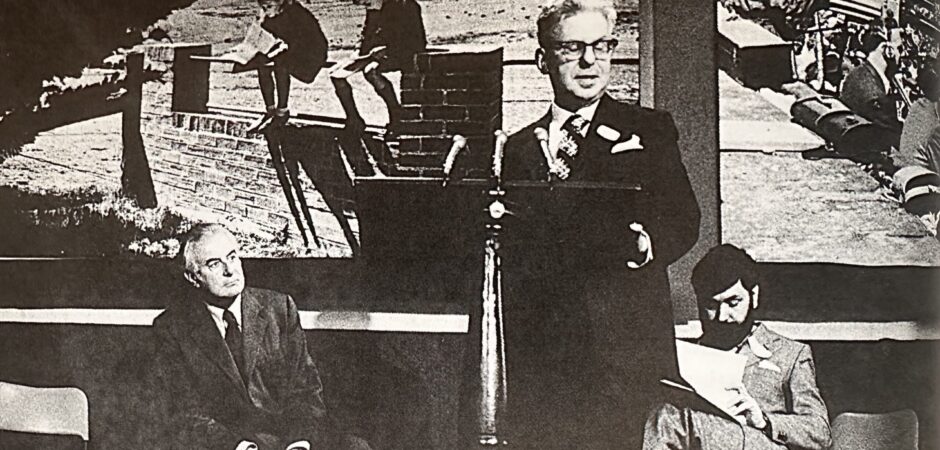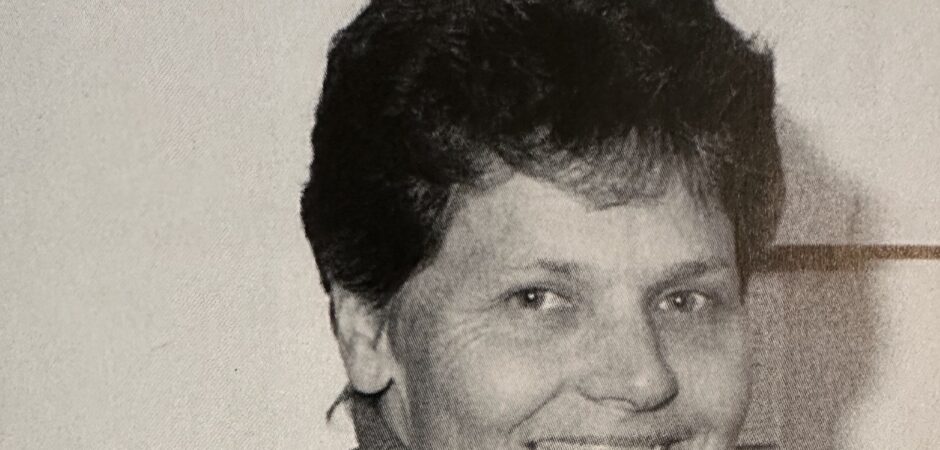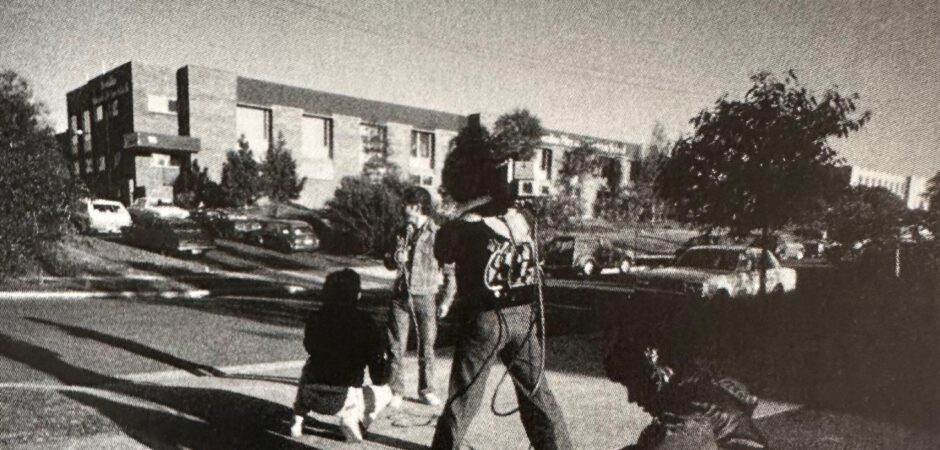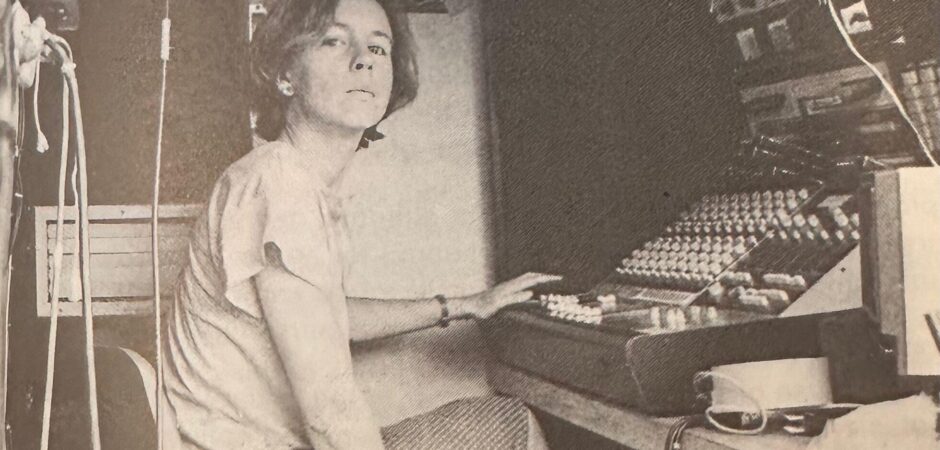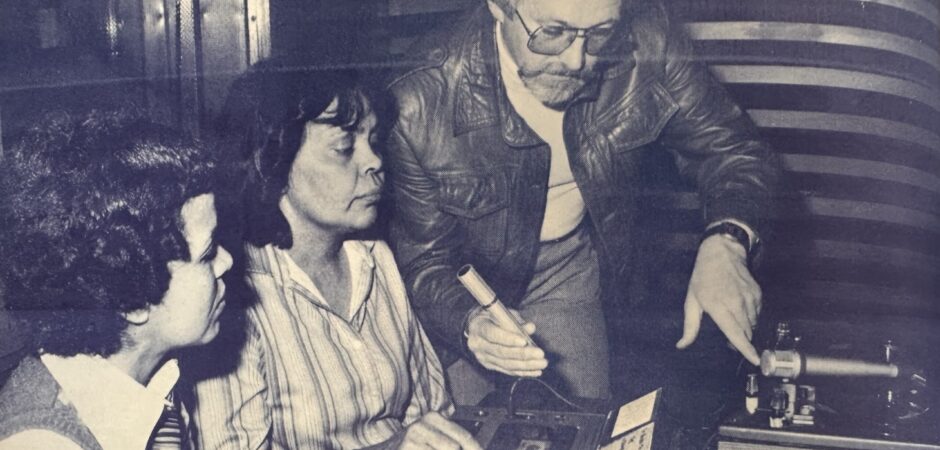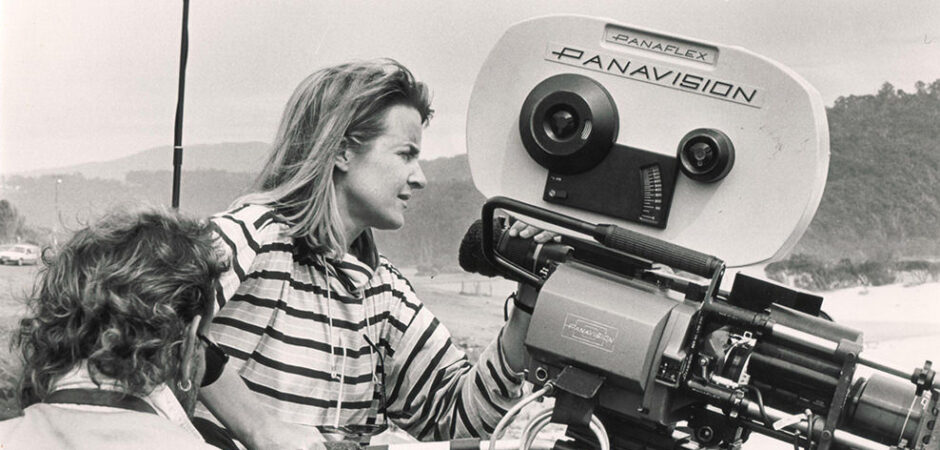August 1978
Accreditation arrives
The fulltime program is accredited by the Australian Territories Accreditation Committee for Advanced Education with the title ‘Diploma in Arts, Film and Television’.
It is recommended for reaccreditation at a Bachelor of Arts, Film and Television degree level in 1984. When it does become a BA, it offers the following specialisations: Cinematography, Directing, Editing, Producing, Production Design, Scriptwriting and Sound.
Early graduates include: filmmaker Nicolette Freeman (1984), writer/director David Caesar (1986), cinematographer Jane Castle ACS (1986), writer/director Shirley Barrett (1987), writer/producer/director Kriv Stenders (1988), editor/writer Pip Karmel (1988), cinematographer Dion Beebe (1989) and writer/showrunner Belinda Chayko.
17 1984/85 Handbook
18 AFTRS alumni website
